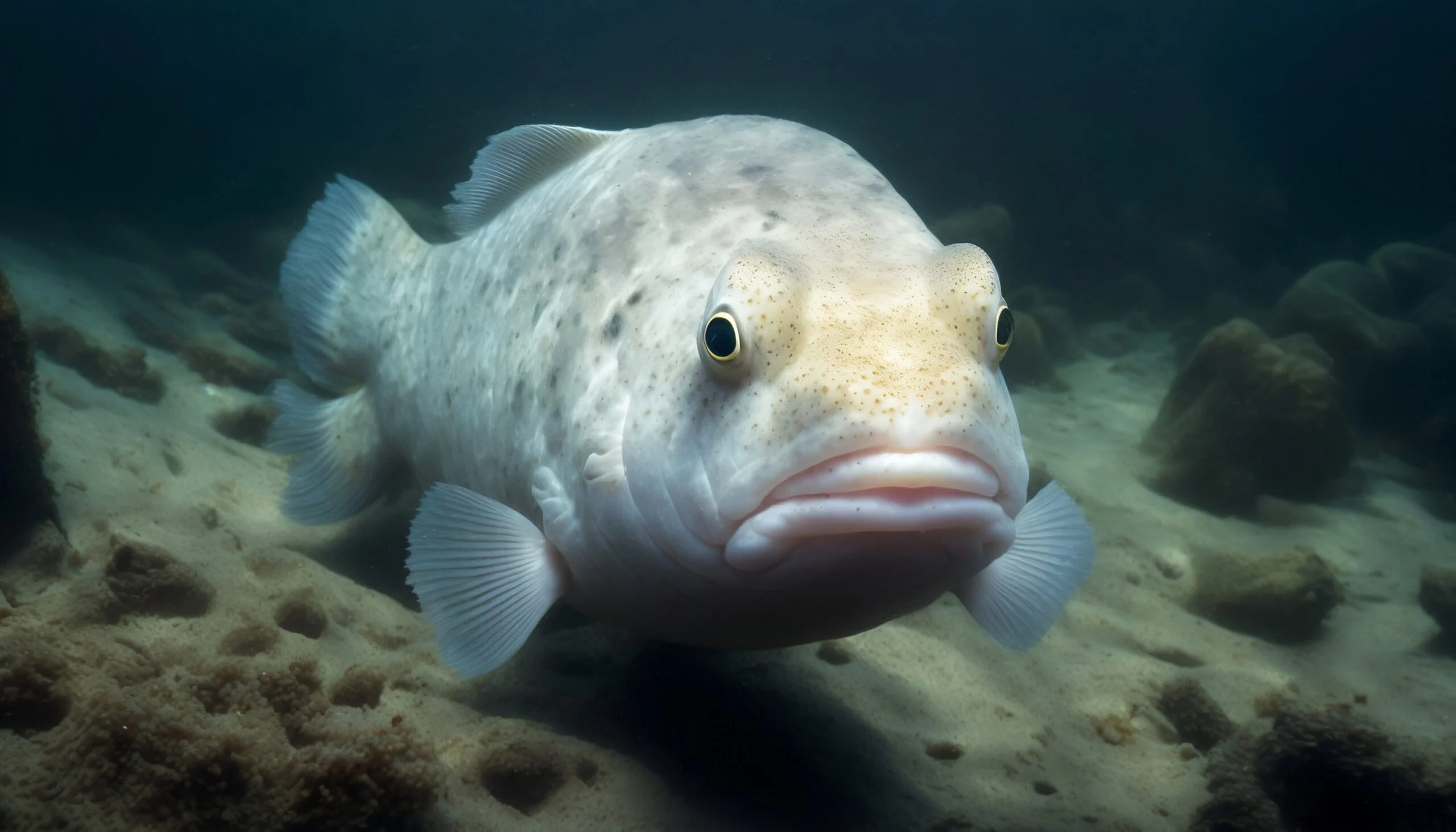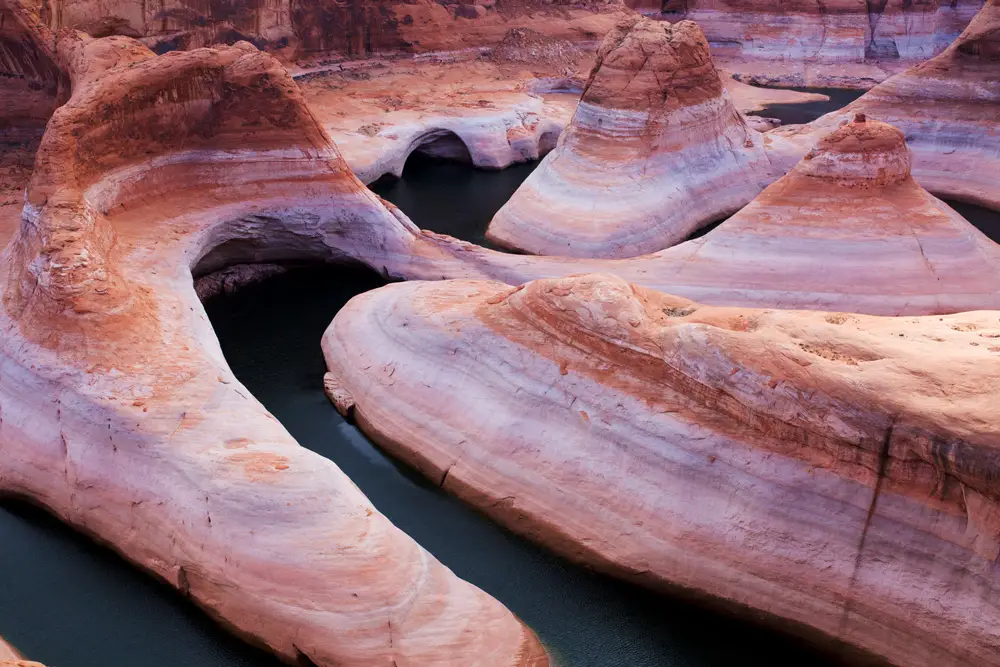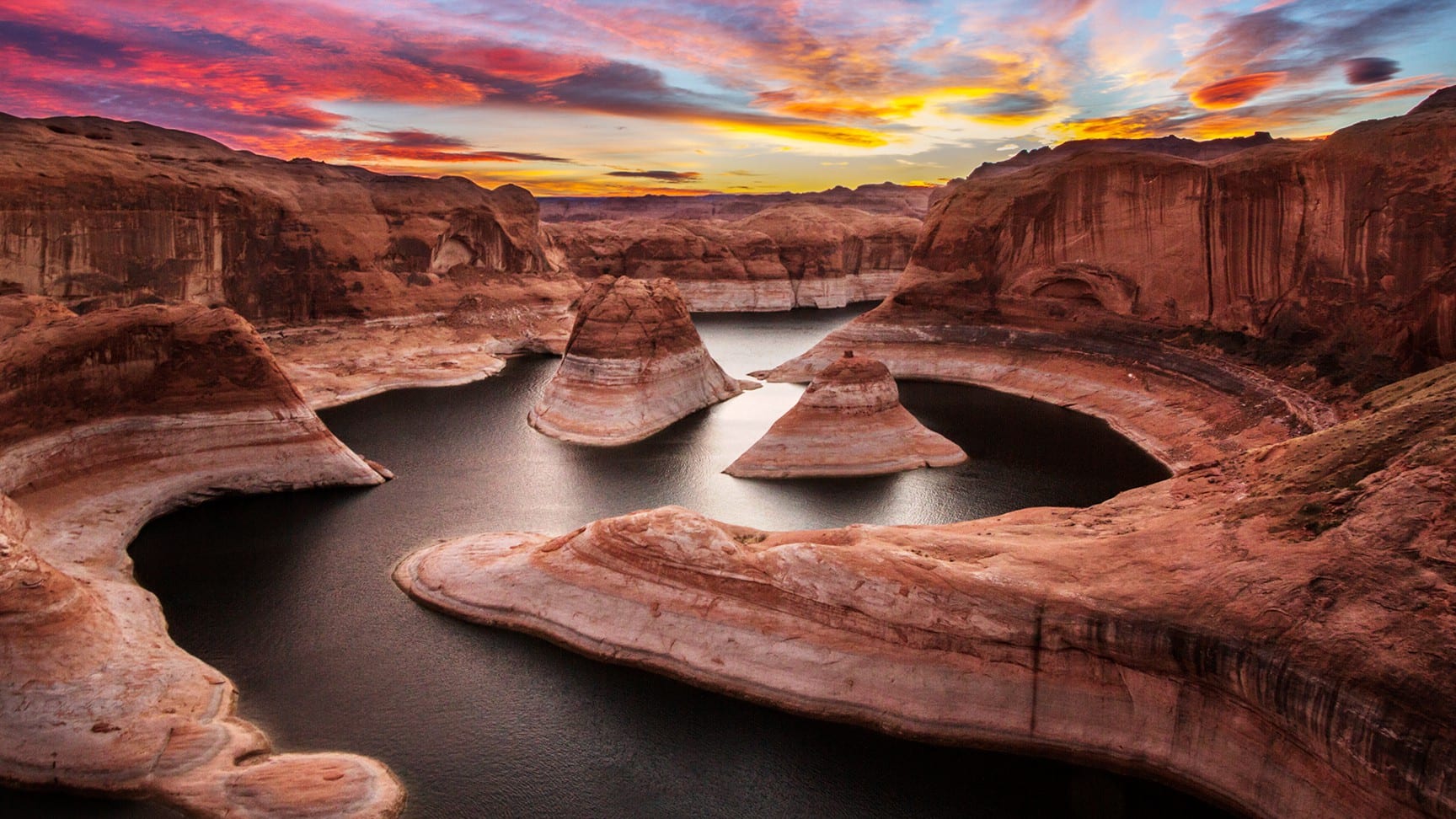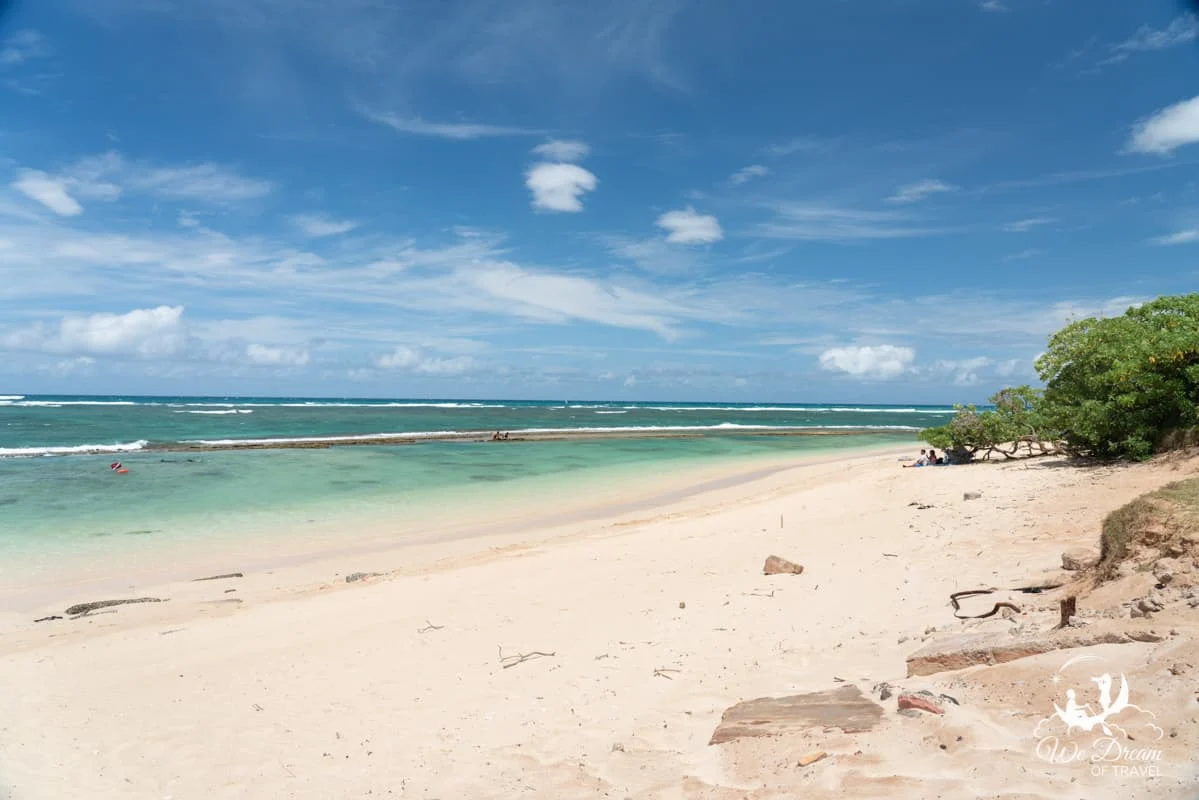
Introduction:
The blobfish underwater is unlike anything else in the ocean. When you see a blobfish floating in its natural home, deep down in the sea, it looks very different from the famous ‘ugly’ photos online. In the depths, this soft, squishy fish moves slowly, perfectly suited for life where sunlight doesn’t reach.
Known for its unique, almost cartoonish look, the blobfish has caught the world’s attention. But what is life really like for a blobfish underwater? Let’s dive into their world to learn about how they survive in the deep ocean, why they look the way they do, and why they’ve become an unexpected symbol of conservation efforts.
What Does a Blobfish Look Like Underwater?
The blobfish underwater looks different than the famous “ugly” photos you see online. In the deep sea, it doesn’t have that droopy, mushy appearance that people laugh about. Instead, a blobfish underwater is shaped more like a regular fish with a round head, large eyes, and a soft, tapered body. This unique appearance actually helps it survive the intense pressure of the ocean’s depths.
Blobfish have smooth, pinkish-gray skin and feathery fins that blend well with the dim, dark environment underwater. They may seem a bit odd, but they aren’t truly ugly when they’re in their natural habitat. Seeing a blobfish underwater, you’d notice it has a slightly rounded nose and a relaxed, calm look as it floats along.
In the deep, blobfish are safe from the crushing atmospheric changes that happen at the surface. If they stay deep, their soft bodies stay firm. So, the “blob” look only shows up when they’re brought up from their usual 600-1,200 meters below the surface.
Why Do Blobfish Look Different Underwater?
When we see a blobfish underwater, it looks much better than when it’s pulled to the surface. This is because of the pressure changes that happen when the fish is brought up. Blobfish live in high-pressure habitats deep in the ocean, and this pressure helps to keep their body shape. The pressure underwater holds everything in place, so the blobfish doesn’t look squishy or melted.
Out of the water, their soft body expands, causing the blobfish to lose its natural shape. The deep sea has a pressure about 100 times more than what we feel on land. When this pressure is gone, the blobfish’s body relaxes and collapses. That’s why it becomes gelatinous and droopy when out of its environment.
In its natural deep-sea world, however, the blobfish has a simple, soft shape that helps it survive. Its body is made mostly of jelly-like tissue and has very little muscle. This allows the blobfish to float easily without wasting energy, a perfect adaptation for its calm, underwater life.
Where Can You Find Blobfish Underwater?
Blobfish live underwater in the deepest parts of the ocean, far away from sunlight. These unique creatures are typically found in waters around Australia and New Zealand, swimming at depths between 600 and 1,200 meters. At these depths, the environment is dark, cold, and has very high pressure, which is perfect for blobfish and other deep-sea animals.
Because blobfish live so deep underwater, humans rarely get to see them alive. Most blobfish sightings happen when they are accidentally caught by fishing trawlers. These fish are not actively hunted, but the fishing nets sometimes drag them up by mistake, which is how many blobfish end up on land.
The deep ocean is a place of mystery, and blobfish are just one example of the unique creatures that call it home. Living in such a remote part of the ocean protects them from predators, but it also makes it hard for scientists to study them. The blobfish underwater world remains a hidden and fascinating place that few people have had the chance to explore.
Conclusion
The blobfish underwater is a truly fascinating creature, even if it looks a bit unusual to us. In its deep-sea home, the blobfish is perfectly adapted to survive in ways that might seem strange. With its soft body and simple life, it doesn’t have to fight hard or swim fast like other fish. Instead, it floats along, saving energy and staying safe in the dark depths where few other animals live.
Learning about the blobfish teaches us more about the hidden world of the deep ocean. Even though it may not be a cute animal, the blobfish has become a fun symbol for the need to protect ocean life. So, next time you see a funny photo of this fish, remember that the blobfish underwater is part of a very special ecosystem that deserves our care and respect.
Q: What does a blobfish look like underwater?
A: Underwater, a blobfish looks more like a regular fish, with a rounded head, large eyes, and soft fins. Its body isn’t droopy or melted as it appears on land.
Q: Why do blobfish look different on land than underwater?
A: Blobfish look different on land because the pressure underwater holds their shape. Out of the water, the low pressure causes their bodies to expand and collapse, giving them a blob-like appearance.
Q: Are blobfish dangerous to humans?
A: No, blobfish are harmless to humans. They have no teeth and a soft body, and they live so deep underwater that people rarely encounter them.
Q: Where can blobfish be found underwater?
A: Blobfish are found in the deep ocean near Australia and New Zealand, usually at depths between 600 and 1,200 meters, where the pressure is very high.
Q: What do blobfish eat underwater?
A: Blobfish are not active hunters; they feed on small crustaceans and other food that drifts close to them, letting the water carry their meals to them.







